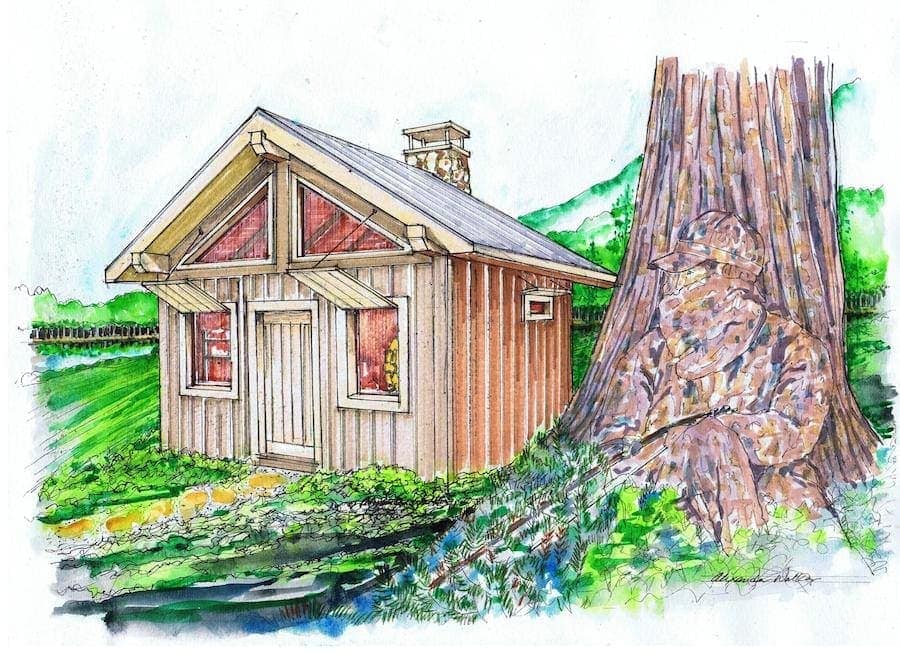 It seems that no matter how organized you are or how large your garage is, there always seems to be an overflow of lawn and garden supplies. Adding versatile space with a timber frame shed to your backyard or garden is the perfect solution to the homeowner’s dilemma of ‘too much stuff.’
It seems that no matter how organized you are or how large your garage is, there always seems to be an overflow of lawn and garden supplies. Adding versatile space with a timber frame shed to your backyard or garden is the perfect solution to the homeowner’s dilemma of ‘too much stuff.’
If you’re one of those lucky families that actually do have adequate storage space, a shed can be a great retreat, work studio or play area for grownups and kids alike. With a busy family, who doesn’t need an additional secluded place to unwind, work on hobbies or entertain?
Consider Function
You may have definite plans for your shed, or you may decide to build with no specific purpose. Great ideas for your shed, beside lawn equipment storage, are as varied as your imagination. Here are just a few of the typical, and not-so-typical uses for your shed:
• Home Office
• Man Cave
• She Shed
• Summer living room
• Guest House
• Green House
• Gym
• Pool House
Determining a final use will help focus the design. For example, a storage shed needs few windows, but perhaps an over-sized door. Your home office or studio will benefit from spacious windows for lots of natural lighting.
If you plan to use it year-round, you may want to include insulation and a way to heat and cool the structure. A mini-split is an effective, economical and space-saving way to heat and cool your shed.
Determining the use up front also helps in decisions like running electricity and plumbing. If there’s any doubt, putting these in place during construction is far less costly than retrofitting after the building is complete. Don’t forget to add an outside electrical outlet for convenience. A 2’x2′ skylight is a great way to get some light into a shed without giving up valuable wall space. A loft can increase floor and storage space by as much as 50 to 75 percent.
Determine Size And Plan For The Future
Think about all the items you plan on storing or using in your shed. Measure them and consider your need for growth over time. Lots of folks try to minimize their costs by building small, only to find that a few years later they have run out of space.
Consult Local Zoning Ordinances.
Every municipality has ordinances on outbuildings. They will certainly dictate its location with respect to your property lines and may impose size limits that include square footage as well as height.
You may or may not need to pull a permit and submit a design for approval. You may also need a survey of your property line. This may be available with your closing documents for the purchase of your home, or you can have it surveyed.
Adding a shed to your property is not only a great way to add versatile living or storage space for you and your family, it can enhance your home’s value and add an attractive focal point to your yard or garden. Designing your shed with an eye on future use can be a cost-effective way to reap the full benefit of your shed as your needs and priorities change.